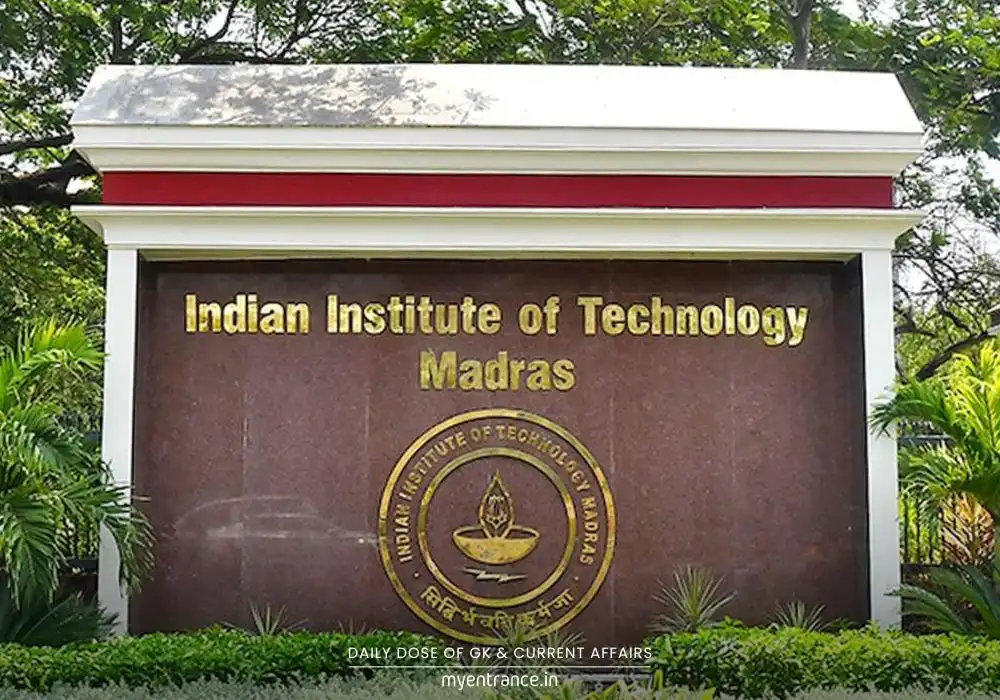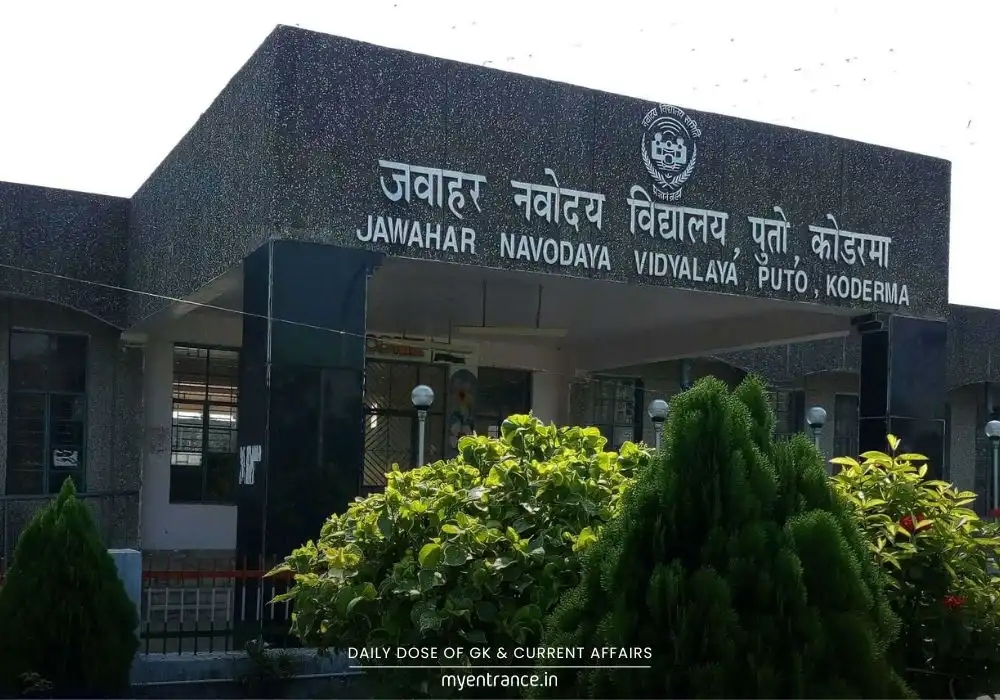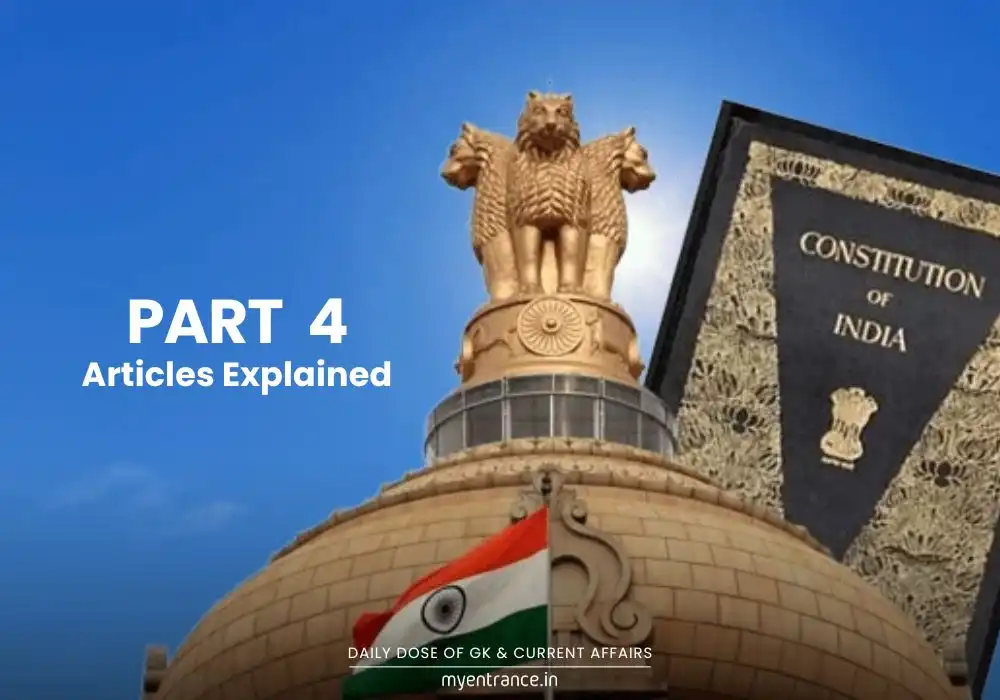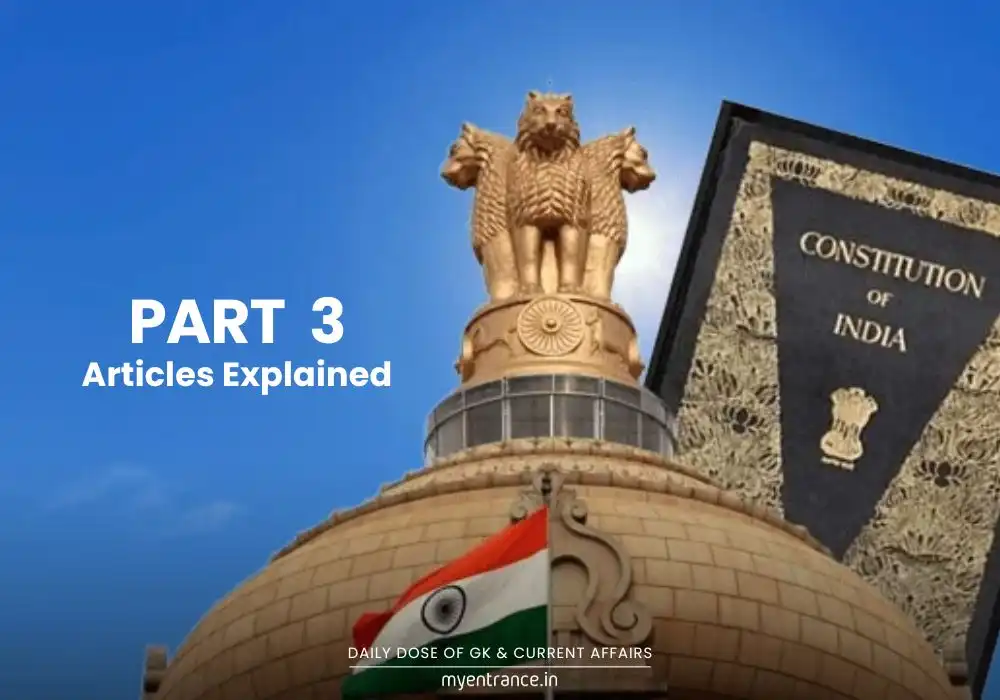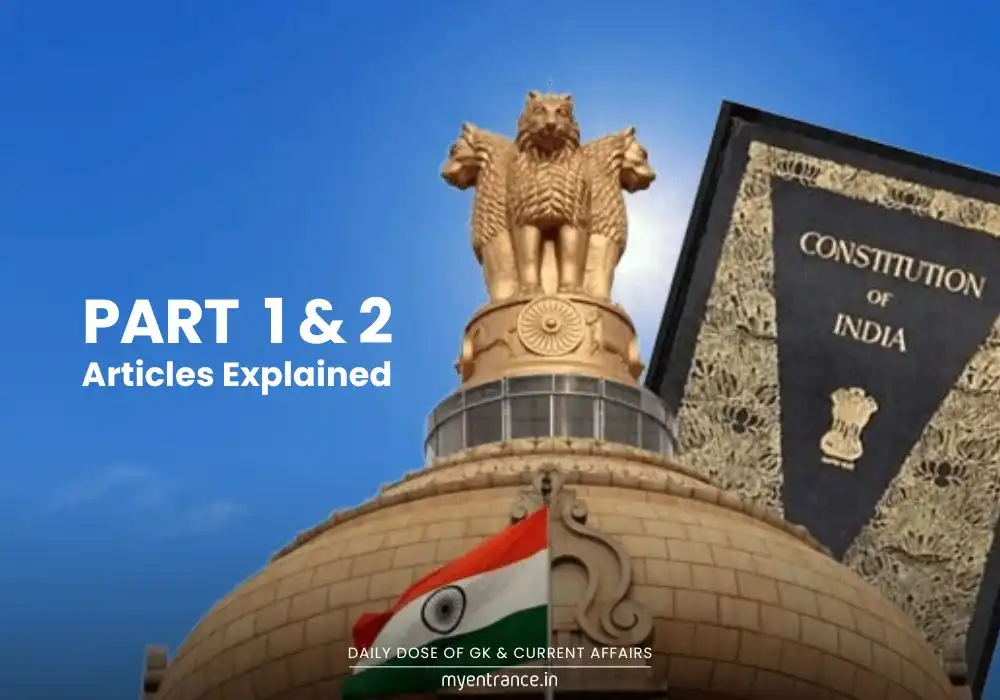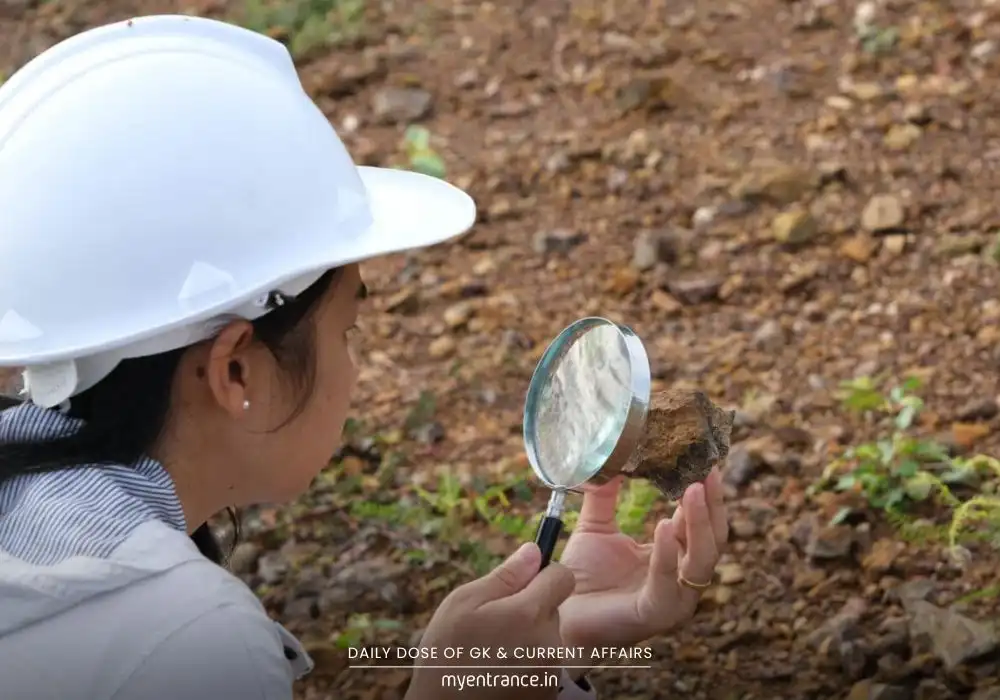Translate Language
How Einstein’s Theory Helped Hubble Detect a Mysterious Rogue Planet
Astronomers have made a groundbreaking discovery—a rogue planet drifting through space without orbiting any star. Thanks to Einstein’s theory of general relativity and Hubble’s archival data, scientists detected this elusive world using gravitational microlensing. This finding opens new doors in exoplanet research and deepens our cosmic understanding.
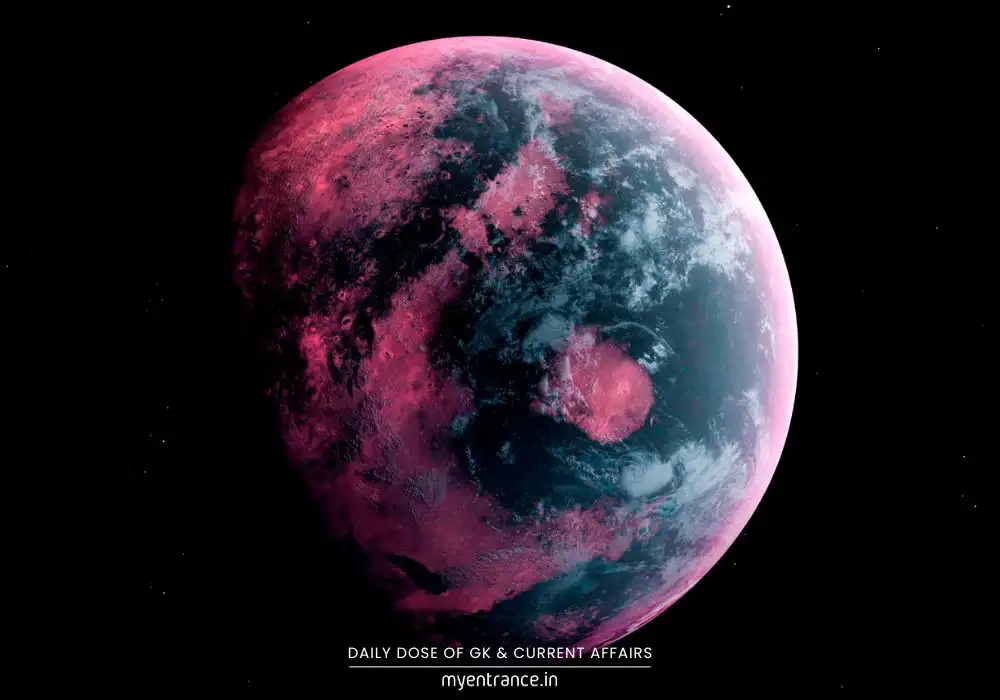
The Science Behind the Discovery: Einstein’s Theory in Action
Albert Einstein’s General Theory of Relativity (1915) revolutionized physics by explaining how massive objects warp space-time. One of its key predictions was gravitational lensing—where a massive object bends light from a distant star, acting like a cosmic magnifying glass.
How Microlensing Revealed the Rogue Planet
Gravitational Microlensing: When a rogue planet passes in front of a distant star, its gravity bends and amplifies the star’s light, creating a temporary brightening.
No Host Star Needed: Unlike traditional exoplanet detection methods (which rely on a star’s light), microlensing works even in complete darkness.
Short-Lived Event: The microlensing event (OGLE-2023-BLG-0524) lasted just 8 hours, making it one of the briefest ever recorded.
As Przemek Mroz (University of Warsaw) explains:
“Free-floating planets drift alone in the galaxy, invisible to conventional detection methods. Microlensing is our only way to find them.”
Why This Discovery Matters for Competitive Exams
For students preparing for UPSC, SSC, PSC, or science-based entrance exams, understanding this discovery is crucial because:
✔ Einstein’s Theories are fundamental in modern physics (often asked in exams).
✔ Gravitational Microlensing is a cutting-edge astronomical technique.
✔ Rogue Planets challenge traditional planet formation theories.
✔ Hubble’s Role highlights the importance of space telescopes in discoveries.
✔ Scientific Method—how archival data and new observations combine for breakthroughs.
Questions & Answers for Competitive Exams
Q1: What is gravitational microlensing?
Ans: A phenomenon where a massive object (like a planet) bends and magnifies light from a distant star, allowing detection of otherwise invisible objects.
Q2: Why can’t rogue planets be found using traditional methods?
Ans: They don’t orbit stars, so techniques like transit or radial velocity (which rely on star light) fail.
Q3: How long did the microlensing event (OGLE-2023-BLG-0524) last?
Ans: Only 8 hours, making it one of the shortest recorded events.
Q4: What did Hubble’s archival data reveal about the rogue planet?
Ans: No host star was detected in Hubble’s 1997 images, supporting the “free-floating” theory.
Q5: Why is Einstein’s General Relativity important in astronomy?
Ans: It explains how gravity bends space-time, enabling techniques like microlensing to detect distant cosmic objects.
This discovery proves that Einstein’s century-old theory is still unlocking cosmic mysteries. For aspirants of UPSC, KAS, NID, NIFT, SSC, PSC or science exams, such breakthroughs highlight the evolving nature of astronomy—where theoretical physics meets real-world exploration.
Stay tuned to MyEntrance.in for more exam-focused science updates and mock tests to ace your competitive exams!
Get 3 Months Free Access for SSC, PSC, NIFT & NID
Boost your exam prep!
Use offer code WELCOME28 to get 3 months free subscription. Start preparing today!


